vmware安装——CentOS-6.5和Mysql
1.新建虚拟机
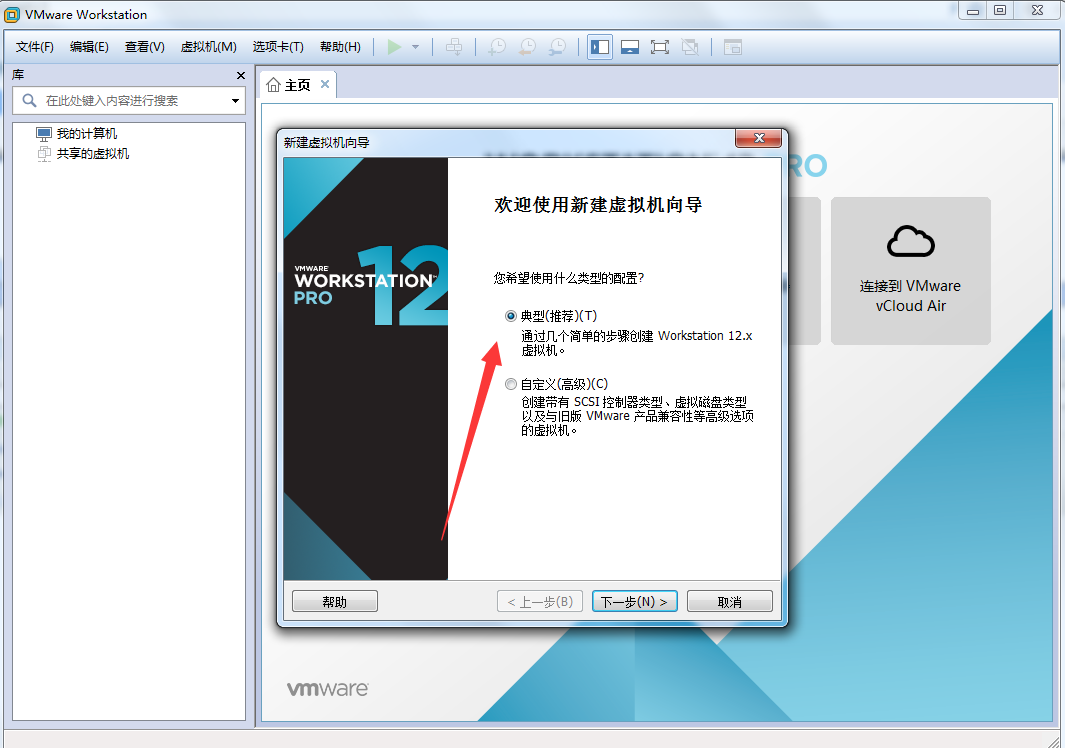
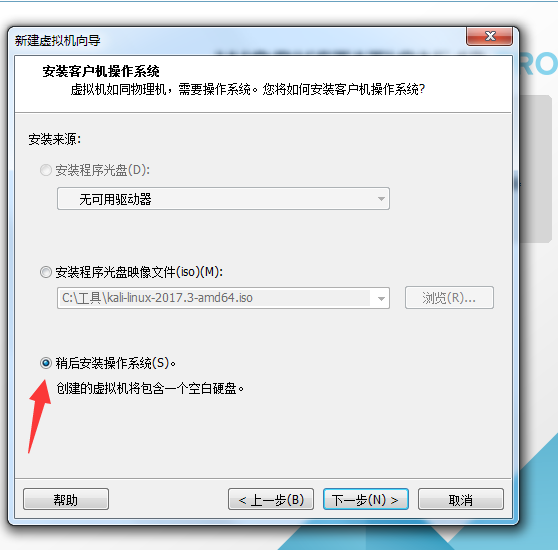
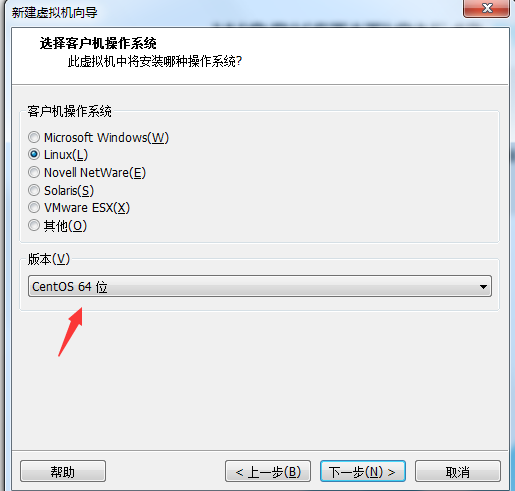

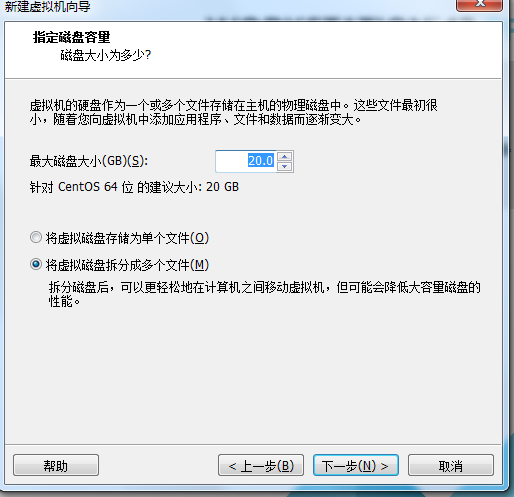
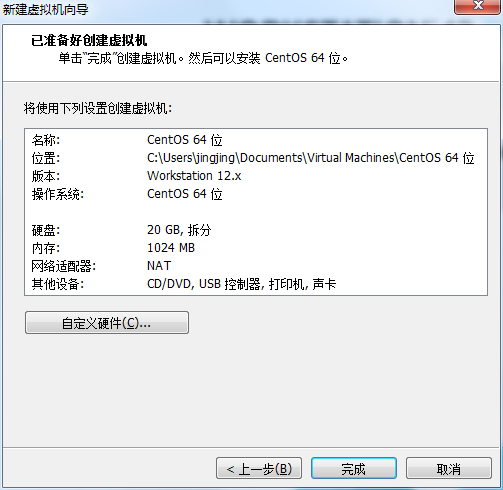
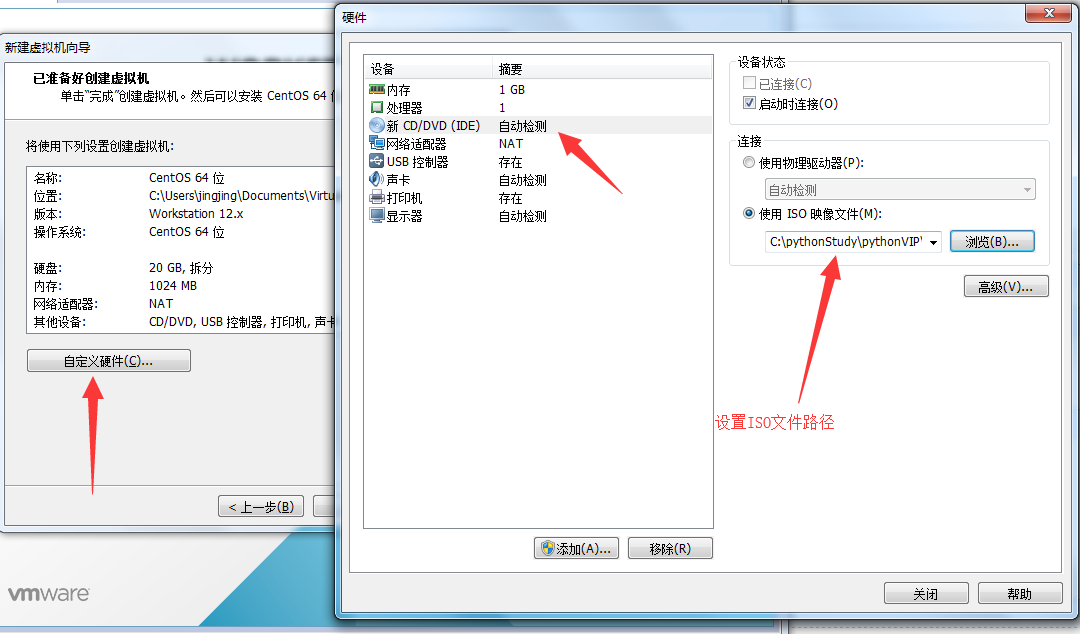

2.安装centos6.5
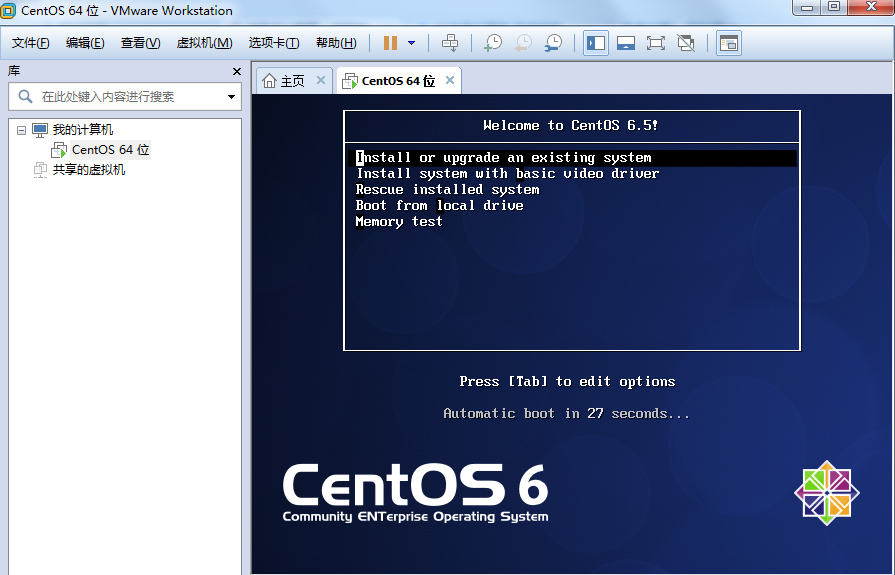
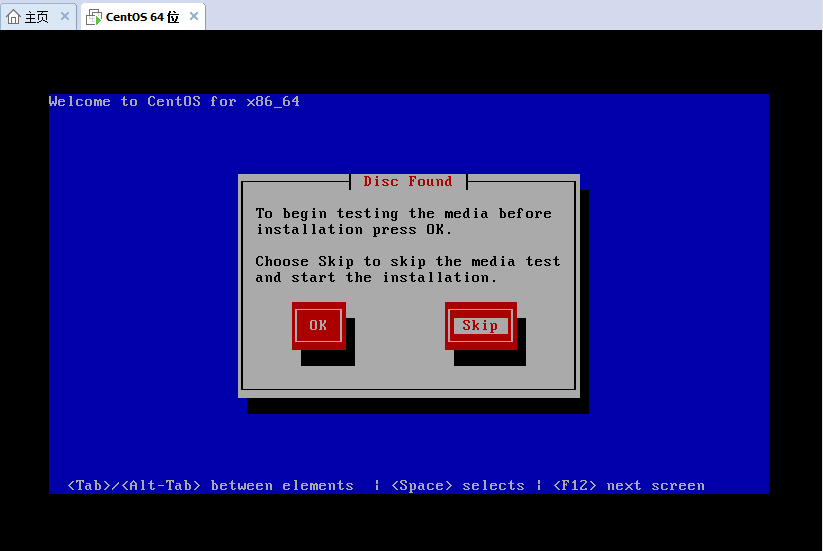
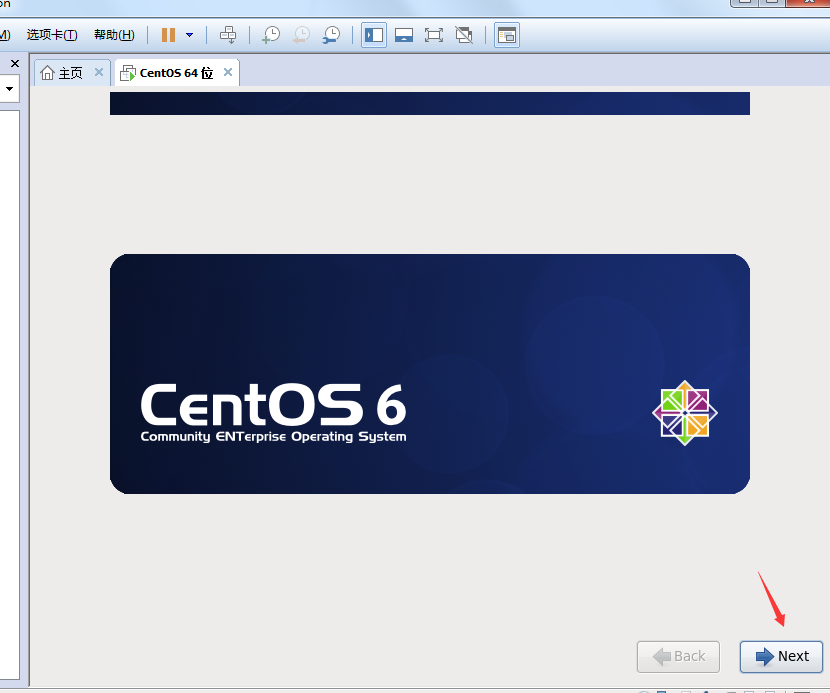
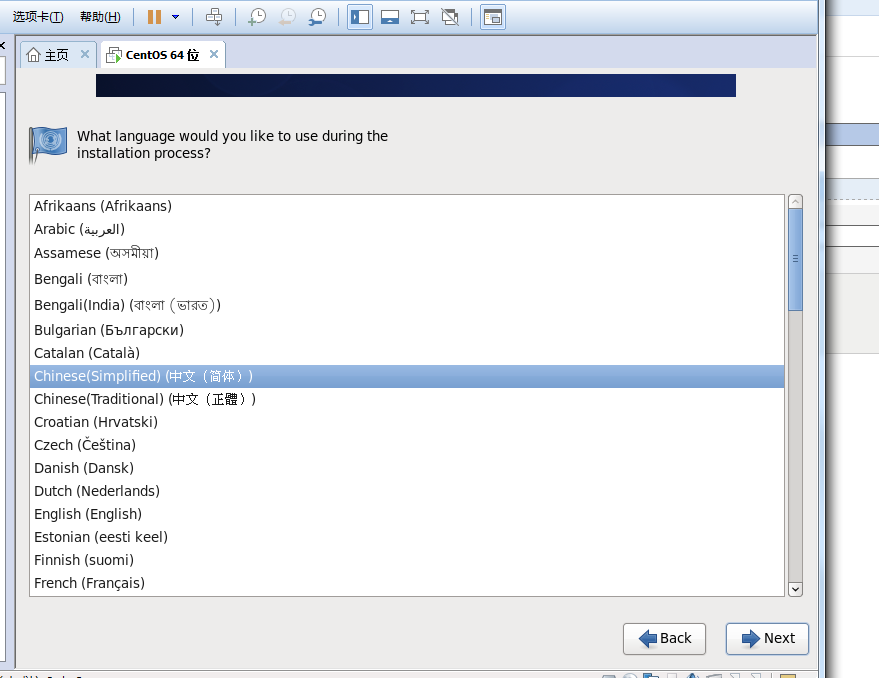
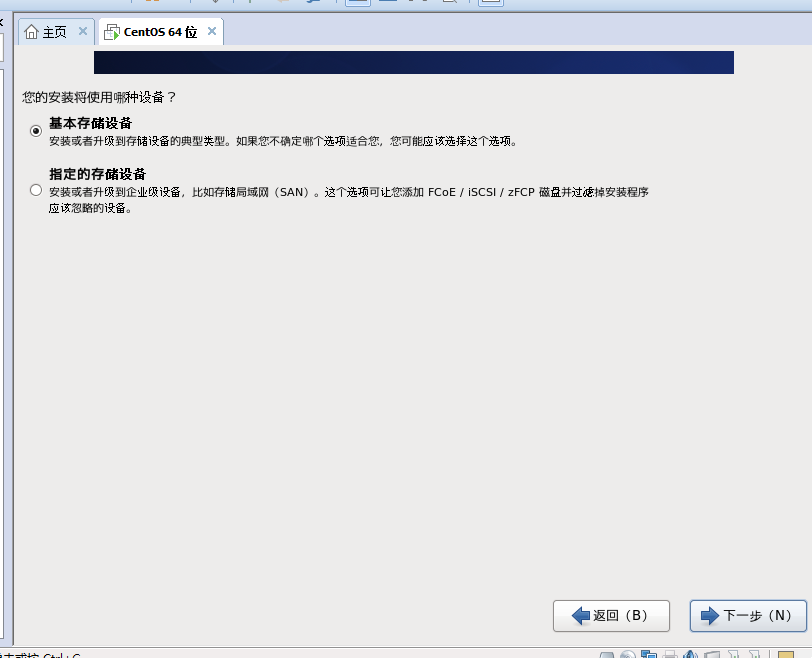

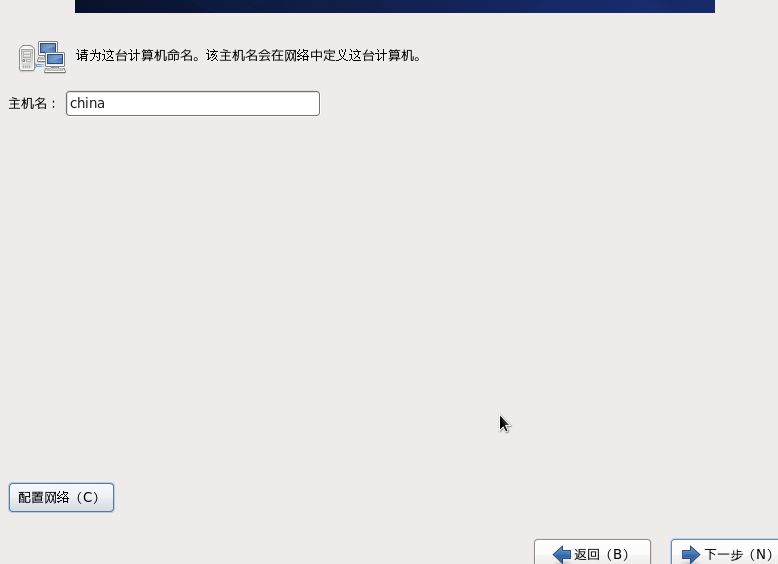

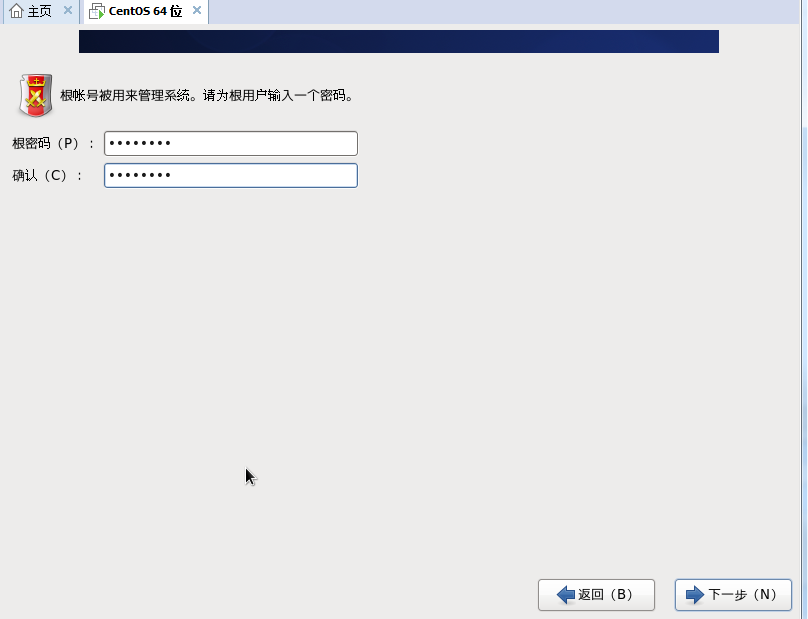


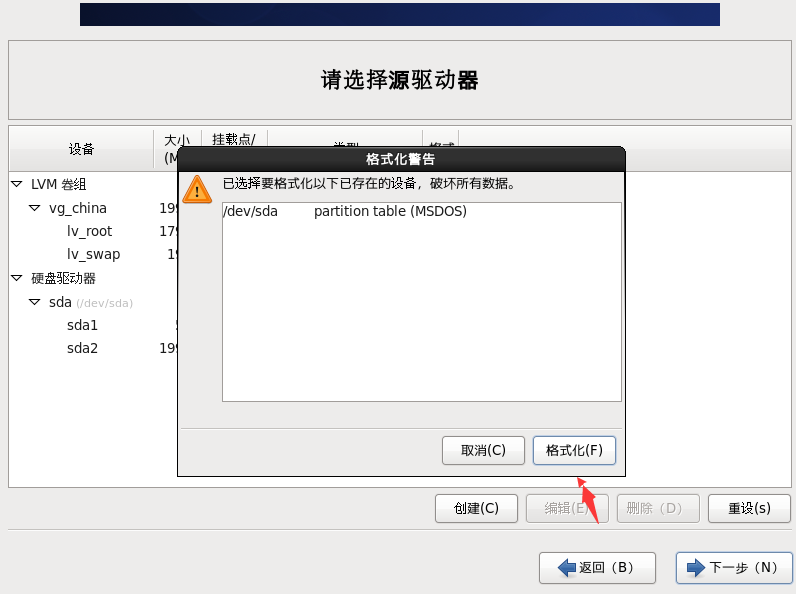

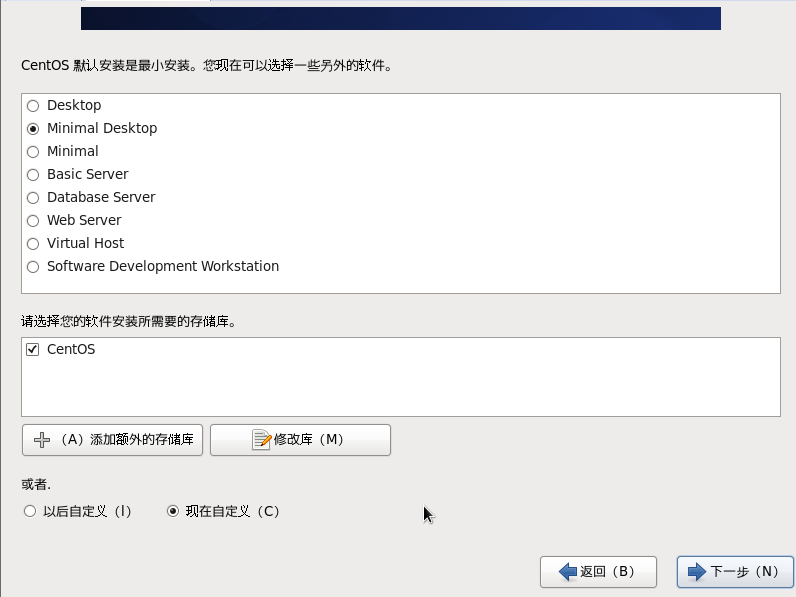
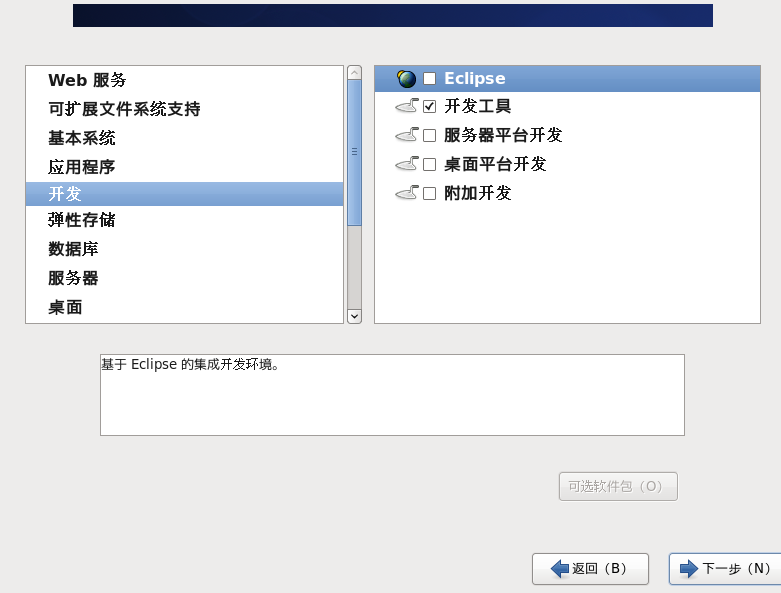
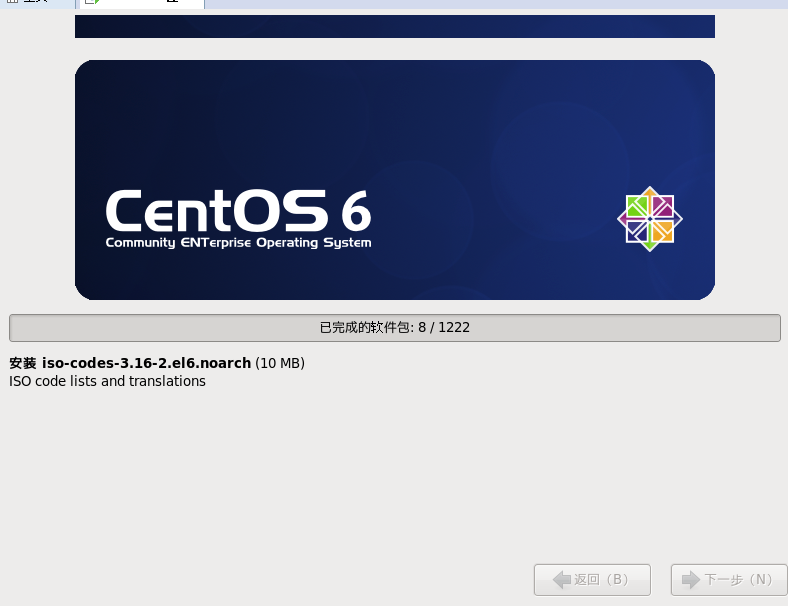

3.centos设置

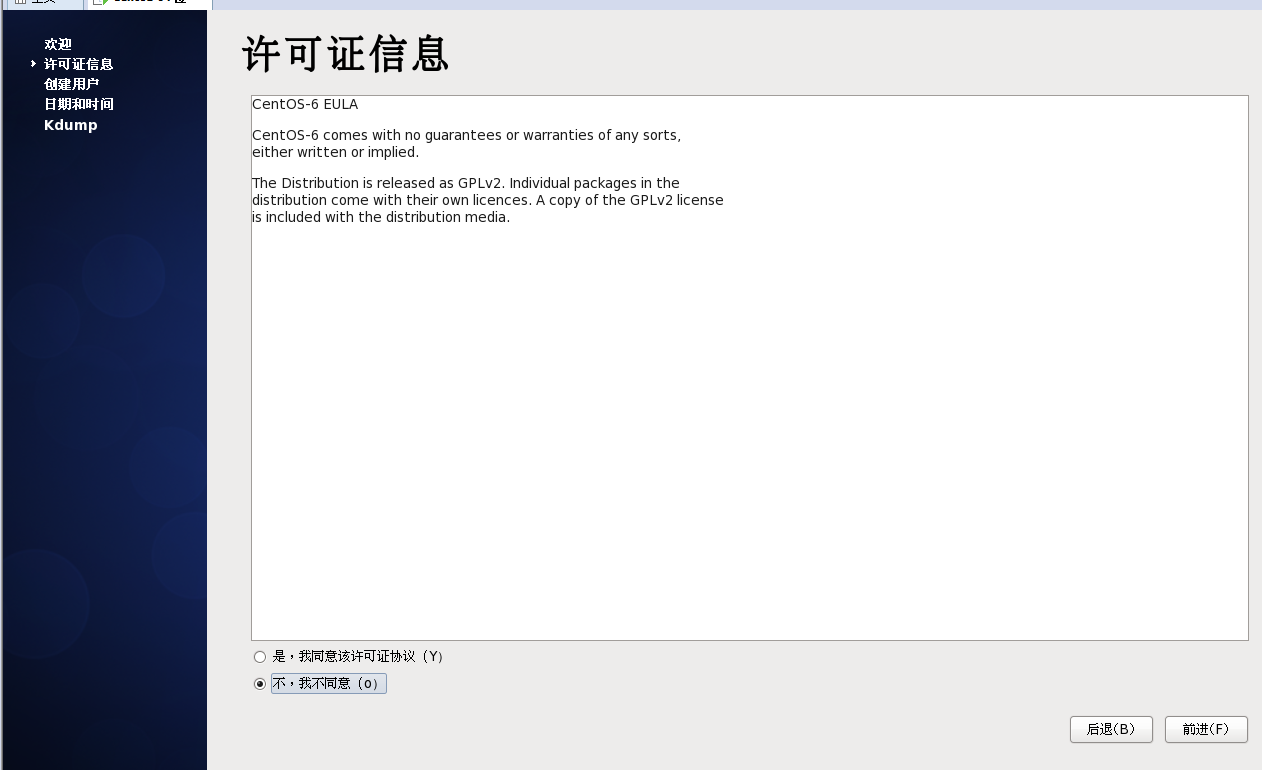
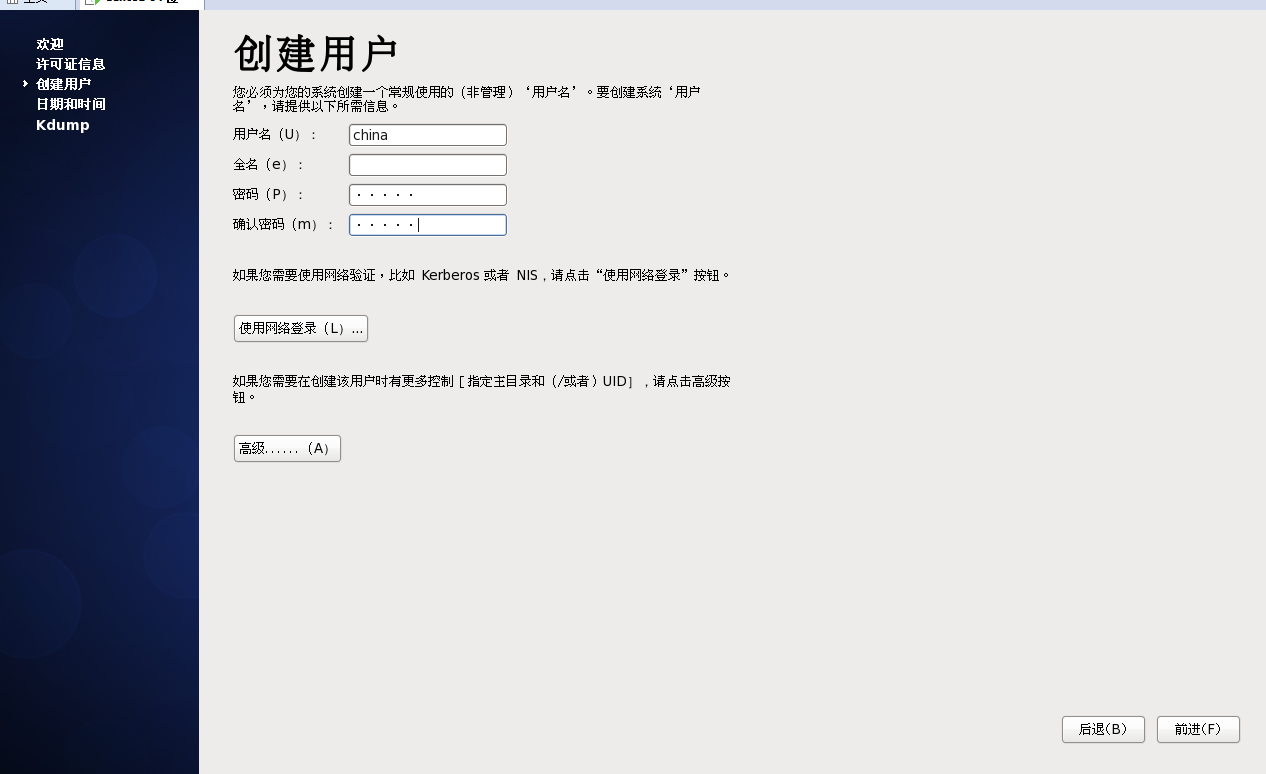

查看网络
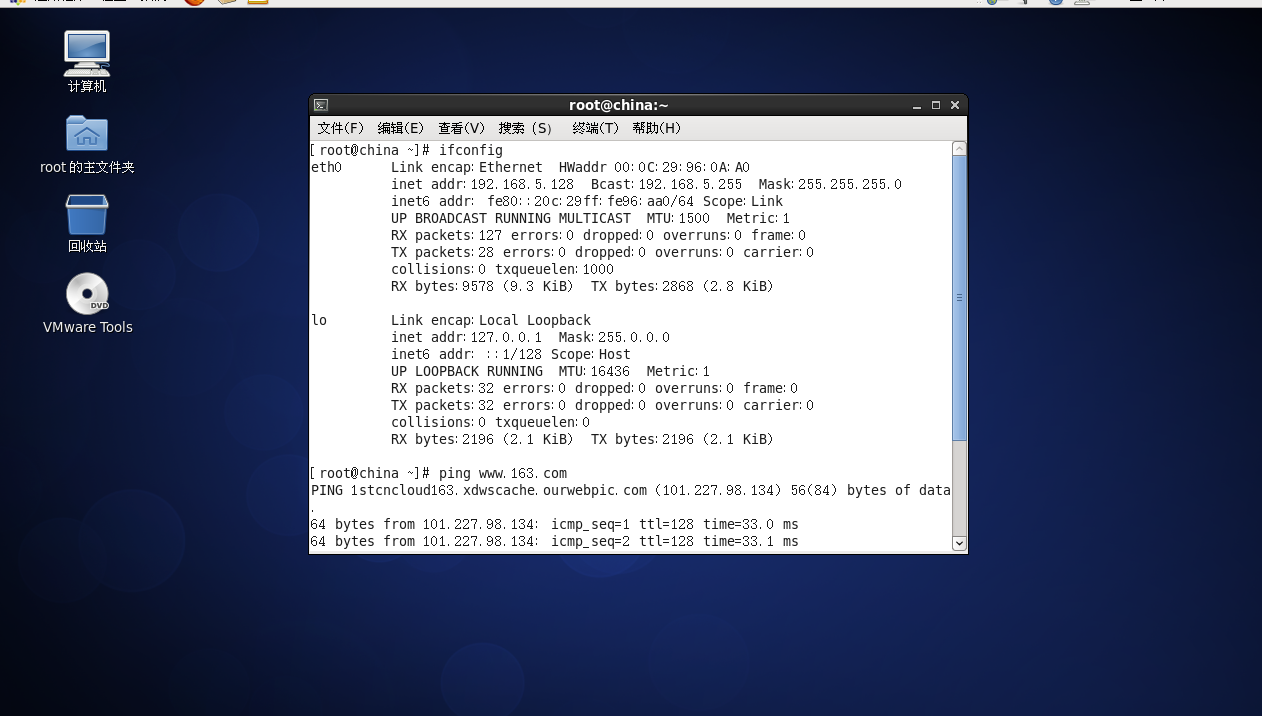
4.vmware设置网络连接
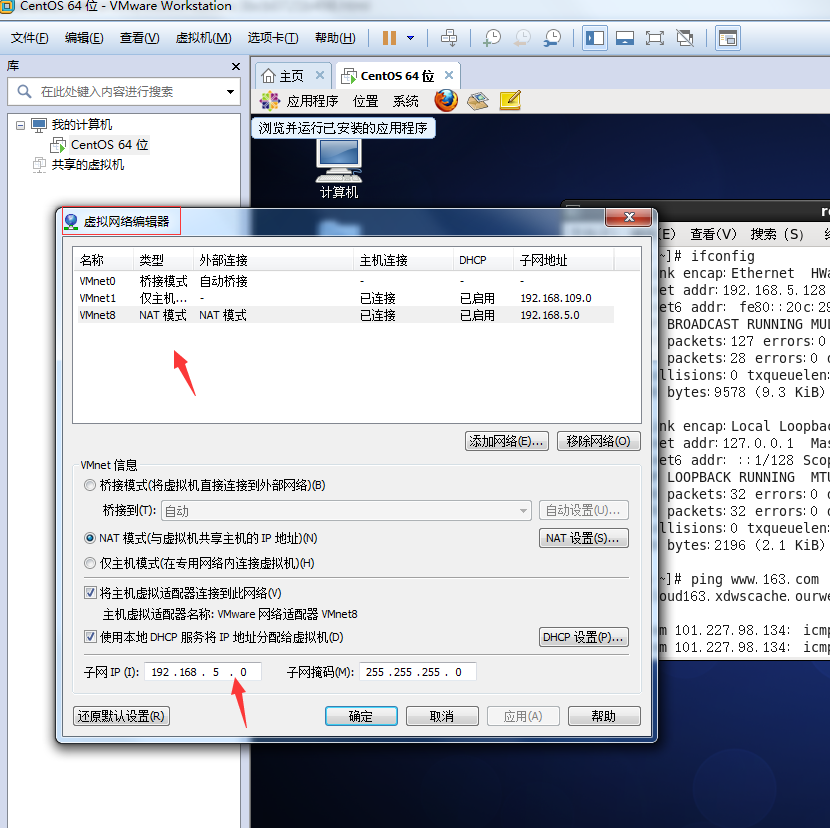
关闭selinux
[root@china ~]# vim /etc/selinux/config
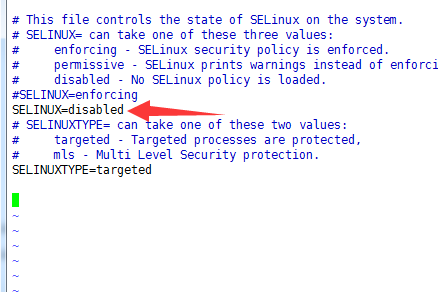
关闭防火墙
关闭命令: service iptables stop
永久关闭防火墙:chkconfig iptables off 两个命令同时运行,运行完成后查看防火墙关闭状态
service iptables status

永久改变IP地址
[root@china ~]# vi /etc/sysconfig/network-scripts/ifcfg-eth0
编辑网卡eth0的配置文件
编辑文件,保存
ONBOOT=yes
#在开机的的时候启动网络卡
NM_CONTROLLED=yes
BOOTPROTO=static
#使用固定IP
IPADDR=192.168.5.128
PREFIX=
GATEWAY=192.168.5.2DNS1=192.168.5.2

使用“service network restart”命令重新启动network服务,使配置文件生效。四个状态都必须是OK,否则说明设置有问题,需要重新修改设置

修改/etc/resolv.conf
nameserver=114.114.114.114

测试连接

5.修改镜像源为国内
第一步:备份你的原镜像文件,以免出错后可以恢复。
mv /etc/yum.repos.d/CentOS-Base.repo /etc/yum.repos.d/CentOS-Base.repo.backup
第二步:下载新的CentOS-Base.repo 到/etc/yum.repos.d/
wget -O /etc/yum.repos.d/CentOS-Base.repo http://mirrors.aliyun.com/repo/Centos-6.repo
第三步:运行yum makecache生成缓存
yum makecache
详细内容
[root@china ~]# mv /etc/yum.repos.d/CentOS-Base.repo /etc/yum.repos.d/CentOS-Base.repo.backup
[root@china ~]# wget -O /etc/yum.repos.d/CentOS-Base.repo http://mirrors.aliyun.com/repo/Centos-6.repo
---- ::-- http://mirrors.aliyun.com/repo/Centos-6.repo
正在解析主机 mirrors.aliyun.com... 114.80.174.21, 101.226.181.252, 101.226.181.251, ...
正在连接 mirrors.aliyun.com|114.80.174.21|:... 已连接。
已发出 HTTP 请求,正在等待回应... OK
长度: (.5K) [application/octet-stream]
正在保存至: “/etc/yum.repos.d/CentOS-Base.repo” %[==============================================================================================================>] , --.-K/s in .001s -- :: (3.13 MB/s) - 已保存 “/etc/yum.repos.d/CentOS-Base.repo” [/]) [root@china ~]# yum makecache
Loaded plugins: fastestmirror, refresh-packagekit, security
Loading mirror speeds from cached hostfile
* base: mirrors.aliyun.com
* extras: mirrors.aliyun.com
* updates: mirrors.aliyun.com
base | 3.7 kB :
base/filelists_db | 6.4 MB :
extras | 3.4 kB :
extras/filelists_db | kB :
extras/prestodelta | 1.7 kB :
extras/other_db | kB :
updates | 3.4 kB :
updates/filelists_db | 4.3 MB :
updates/prestodelta | kB :
updates/other_db | MB :
Metadata Cache Created
[root@china ~]# yum install -y libaio-devel
Loaded plugins: fastestmirror, refresh-packagekit, security
Loading mirror speeds from cached hostfile
* base: mirrors.aliyun.com
* extras: mirrors.aliyun.com
* updates: mirrors.aliyun.com
Setting up Install Process
Package libaio-devel-0.3.-.el6.x86_64 already installed and latest version
6.安装mysql数据库,并建立连接
安装
[root@china mysql]# tar -xzvf mysql-5.5.-linux-glibc2.-x86_64.tar.gz #安装依赖包
yum install -y libaio-devel
#创建用户
useradd -s /sbin/nologin mysql
#创建数据目录
mkdir -p /data/mysql
#赋予权限
chown -R mysql:mysql /data/mysql
#移动到指定目录
mv mysql-5.5.-linux-glibc2.-x86_64 /usr/local/mysql
#因为系统有一个默认my.cnf,咱们给它改下名字
mv /etc/my.cnf /etc/my.cnf.default
#复制我们需要的my.cnf到指定目录
cp /usr/local/mysql/support-files/my-large.cnf /etc/my.cnf
#在support-files目录下有几个cnf,根据内存大小来选择
my-small.cnf (内存<=64M)
my-medium.cnf (内存128M)
my-large.cnf (内存512M)
my-huge.cnf (内存1G-2G)
my-innodb-heavy-4G.cnf (内存4GB) #编辑我们复制过去的my.cnf,并且在[mysqld]的下一行那里插入以下内容
vi /etc/my.cnf [mysqld]
basedir=/usr/local/mysql
datadir=/data/mysql
character-set-server=utf8 #添加环境变量,在末尾插入以下内容
vi /etc/profile PATH=/usr/local/mysql/bin:$PATH
export PATH #让刚才的修改生效
source /etc/profile
#复制启动脚本到指定目录
cp /usr/local/mysql/support-files/mysql.server /etc/init.d/mysqld #准备工作都做完了,开始初始化数据库
/usr/local/mysql/scripts/mysql_install_db --basedir=/usr/local/mysql --datadir=/data/mysql --user=mysql #启动数据库
service mysqld start
[root@china mysql]# service mysqld start
Starting MySQL.Logging to '/data/mysql/china.err'.
. [确定] #开机启动
chkconfig mysqld on #初始化mysql的一些设置
mysql_secure_installation
#回车
Enter current password for root (enter for none):
#y,设置mysql的root密码
Setting the root password ensures that nobody can log into the MySQL
root user without the proper authorisation. Set root password? [Y/n] y
New password:
Re-enter new password:
Password updated successfully!
Reloading privilege tables..
... Success! By default, a MySQL installation has an anonymous user, allowing anyone
to log into MySQL without having to have a user account created for
them. This is intended only for testing, and to make the installation
go a bit smoother. You should remove them before moving into a
production environment. Remove anonymous users? [Y/n] y
... Success! Normally, root should only be allowed to connect from 'localhost'. This
ensures that someone cannot guess at the root password from the network. Disallow root login remotely? [Y/n] y
... Success! By default, MySQL comes with a database named 'test' that anyone can
access. This is also intended only for testing, and should be removed
before moving into a production environment. Remove test database and access to it? [Y/n] y
- Dropping test database...
... Success!
- Removing privileges on test database...
... Success! Reloading the privilege tables will ensure that all changes made so far
will take effect immediately. Reload privilege tables now? [Y/n] y
... Success! Cleaning up... All done! If you've completed all of the above steps, your MySQL
installation should now be secure. Thanks for using MySQL!
#重启mysql
[root@china mysql]# service mysqld restart
Shutting down MySQL. [确定]
Starting MySQL.. [确定]
#查看mysql进程
[root@china mysql]# ps -ef|grep mysql
root : pts/ :: /bin/sh /usr/local/mysql/bin/mysqld_safe --datadir=/data/mysql --pid-file=/data/mysql/china.pid
mysql : pts/ :: /usr/local/mysql/bin/mysqld --basedir=/usr/local/mysql --datadir=/data/mysql --plugin-dir=/usr/local/mysql/lib/plugin --user=mysql --log-error=china.err --pid-file=/data/mysql/china.pid --socket=/tmp/mysql.sock --port=
root : pts/ :: grep mysql
设置mysql字符集
#1. 修改配置文件 vim /etc/my.cnf
[mysqld]
default-character-set=utf8
[client]
default-character-set=utf8
[mysql]
default-character-set=utf8 #mysql5.5以上:修改方式有所改动
[mysqld]
character-set-server=utf8
collation-server=utf8_general_ci
[client]
default-character-set=utf8
[mysql]
default-character-set=utf8 #2. 重启服务
service mysqld restart
#3. 查看修改结果:
\s
show variables like '%char%' +--------------------------+----------------------------------+
| Variable_name | Value |
+--------------------------+----------------------------------+
| character_set_client | utf8 |
| character_set_connection | utf8 |
| character_set_database | utf8 |
| character_set_filesystem | binary |
| character_set_results | utf8 |
| character_set_server | utf8 |
| character_set_system | utf8 |
| character_sets_dir | /usr/local/mysql/share/charsets/ |
+--------------------------+----------------------------------+
登录mysql,查看数据库信息,并创建用户
#登录mysql
[root@china mysql]# mysql -u root -p Welcome to the MySQL monitor. Commands end with ; or \g.
Your MySQL connection id is 1
Server version: 5.5.59-log MySQL Community Server (GPL) Copyright (c) 2000, 2018, Oracle and/or its affiliates. All rights reserved. Oracle is a registered trademark of Oracle Corporation and/or its
affiliates. Other names may be trademarks of their respective
owners. Type 'help;' or '\h' for help. Type '\c' to clear the current input statement. mysql> show databases;
+--------------------+
| Database |
+--------------------+
| information_schema |
| mysql |
| performance_schema |
+--------------------+
3 rows in set (0.00 sec) mysql> create database testmysql
-> ;
Query OK, 1 row affected (0.00 sec) mysql>
mysql> use testmysql mysql> create table test1( `id` int auto_increment, `name` varchar(30) not null, grade int, primary key (`id`));
Query OK, 0 rows affected (0.01 sec) mysql> SHOW CREATE TABLE `test1` \G
*************************** 1. row ***************************
Table: test1
Create Table: CREATE TABLE `test1` (
`id` int(11) NOT NULL AUTO_INCREMENT,
`name` varchar(30) NOT NULL,
`grade` int(11) DEFAULT NULL,
PRIMARY KEY (`id`)
) ENGINE=InnoDB DEFAULT CHARSET=utf8
1 row in set (0.00 sec) mysql> desc test1
-> ;
+-------+-------------+------+-----+---------+----------------+
| Field | Type | Null | Key | Default | Extra |
+-------+-------------+------+-----+---------+----------------+
| id | int(11) | NO | PRI | NULL | auto_increment |
| name | varchar(30) | NO | | NULL | |
| grade | int(11) | YES | | NULL | |
+-------+-------------+------+-----+---------+----------------+
3 rows in set (0.00 sec) #创建用户
mysql> CREATE USER 'yycenter'@'%' IDENTIFIED BY 'qwe123';
#给用户赋予权限
mysql> GRANT ALL ON *.* TO 'yycenter'@'%';
#使更改立即生效
mysql> FLUSH PRIVILEGES;
#退出
mysql> \q mysql> CREATE USER 'yycenter'@'%' IDENTIFIED BY 'qwe123';
Query OK, 0 rows affected (0.00 sec) mysql> GRANT ALL ON *.* TO 'yycenter'@'%';
Query OK, 0 rows affected (0.00 sec) mysql> flush privileges;
Query OK, 0 rows affected (0.00 sec) mysql> use mysql
Database changed
mysql> select host,user,password from user;
+-----------+----------+-------------------------------------------+
| host | user | password |
+-----------+----------+-------------------------------------------+
| localhost | root | *F861720E101148897B0F5239DB926E756B1C28B3 |
| 127.0.0.1 | root | *F861720E101148897B0F5239DB926E756B1C28B3 |
| ::1 | root | *F861720E101148897B0F5239DB926E756B1C28B3 |
| % | yycenter | *8DCDD69CE7D121DE8013062AEAEB2A148910D50E |
+-----------+----------+-------------------------------------------+
4 rows in set (0.00 sec)
切换mysql用户
[root@china ~]# su - mysql
This account is currently not available.
[root@china ~]# usermod -s /bin/bash mysql
[root@china ~]# su - mysql
[mysql@china ~]$ ll
linux平台下,破解mysql root密码
#启动时,跳过授权库
vim /etc/my.cnf #mysql主配置文件
[mysqld]
skip-grant-table #重启mysqld
service mysqld restart #修改密码
[root@china ~]# mysql
Welcome to the MySQL monitor. Commands end with ; or \g. mysql> select user,password,host from mysql.user;
+----------+-------------------------------------------+-----------+
| user | password | host |
+----------+-------------------------------------------+-----------+
| root | *F861720E101148897B0F5239DB926E756B1C28B3 | localhost |
| yycenter | *8DCDD69CE7D121DE8013062AEAEB2A148910D50E | % |
+----------+-------------------------------------------+-----------+
4 rows in set (0.00 sec) mysql> update mysql.user set password=password("123") where user="root" and host="localhost";
Query OK, 0 rows affected (0.01 sec)
Rows matched: 1 Changed: 0 Warnings: 0 mysql> flush privileges;
mysql> \q #打开/etc/my.cnf去掉skip-grant-table,然后重启
service mysqld restart #重新登录
[root@china ~]#mysql
ERROR 1045 (28000): Access denied for user 'root'@'localhost' (using password: NO)
[root@china ~]#
[root@china ~]# mysql -uroot -p123
Welcome to the MySQL monitor. Commands end with ; or \g.
Your MySQL connection id is 2
设置Navicat连接mysql
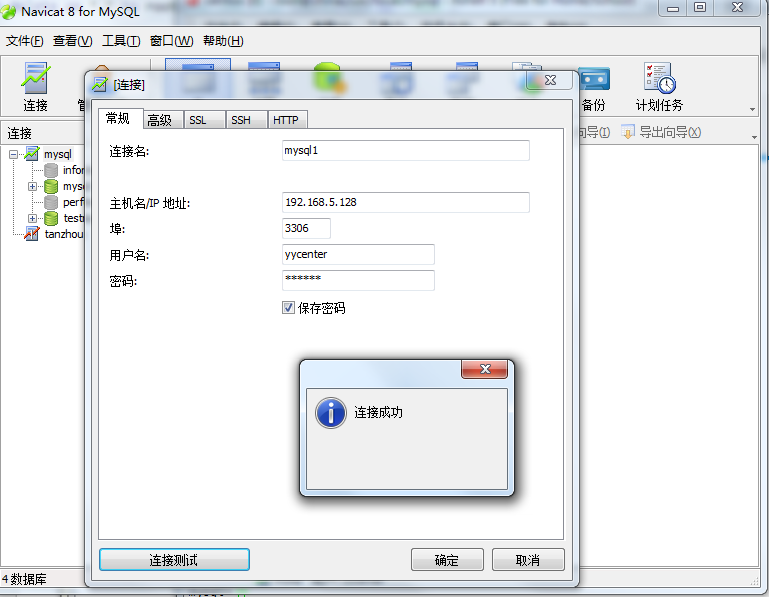
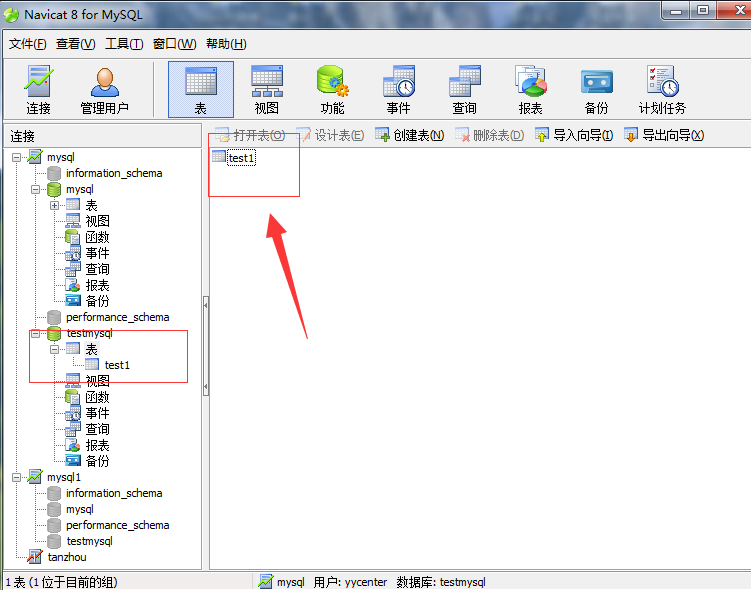
安装Navicat11,连接mysql
根据win7版本安装合适的安装包

注册

建立mysql连接
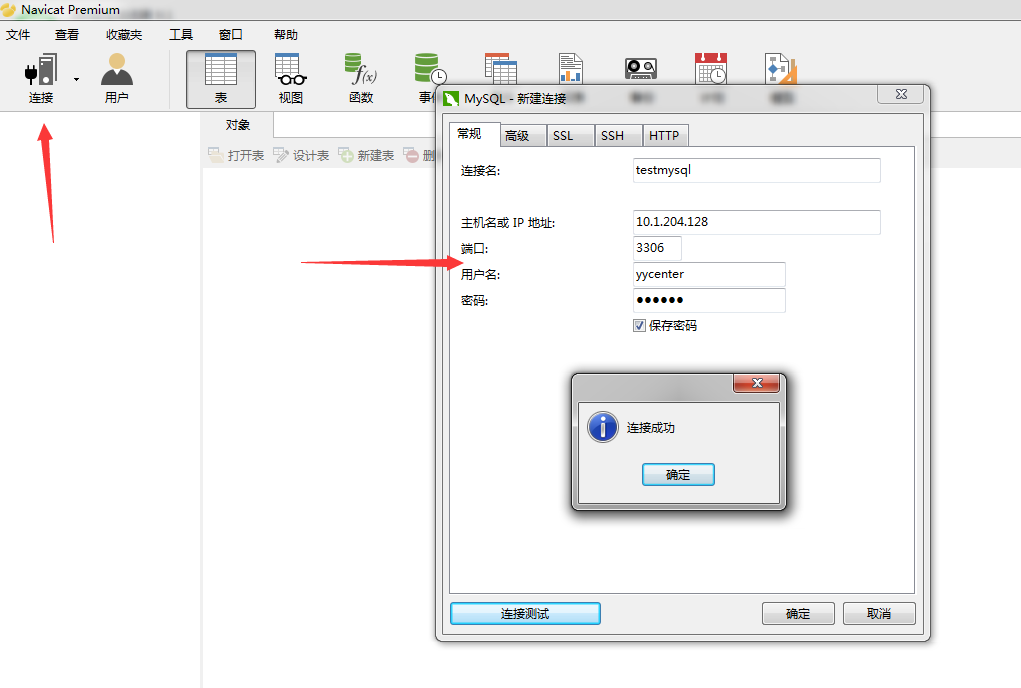
查询表
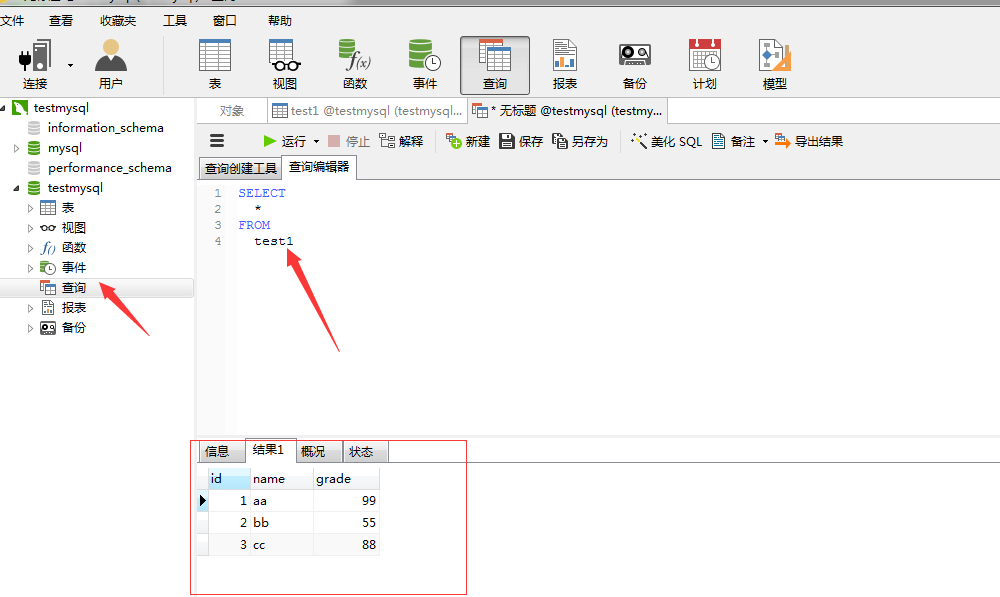
vmware安装——CentOS-6.5和Mysql的更多相关文章
- VMware 安装CentOS
使用VMware安装CentOS 6.4 环境:Windows7 , VMware Workstation10, CentOS6.4 为什么选择CentOS ? 主流: 目前的Linux操作系统主要应 ...
- VMware安装CentOS 图文教程
VMware安装CentOS 图文教程 VMware 下安装CentOS6.2 取消 Easy install模式(此模式不好,很多软件没有安装) http://jingyan.baidu.com/a ...
- VMware安装CentOS 6.7系统
VMware安装CentOS 6.7系统 1. 安装前的准备 a) VMware虚拟机软件 b) CentOS 6.7镜像 c) Windows电脑一台 2. 开始安装 a) 打开VMware软件 b ...
- 使用VMware安装CentOS
使用VMware安装CentOS 第1步:首先安装VMware Workstation,只需点下一步即可,安装过程略 第2步:文件 → 新建虚拟机 或 直接点击 创建新的虚拟机 图标 第3步:选择 典 ...
- Linux VMware安装CentOS
VMware安装CentOS 1 检查BIOS虚拟化支持 2 新建虚拟机 3 新建虚拟机向导 4 创建虚拟空白光盘 ...
- Linux课程---1、VMWare安装CentOS虚拟机(安装重要注意)
Linux课程---1.VMWare安装CentOS虚拟机(安装重要注意) 一.总结 一句话总结: 可以先去百度搜一篇对应系统的安装教程:比如 CentOS 7 安装 1.安装VMWare之后,打开w ...
- VMware——安装CentOS
VMware——安装CentOS 摘要:本文主要记录了在VMware虚拟机里安装CentOS的步骤. 下载操作系统 可以从下面的镜像地址去下载各种版本的CentOS,此次安装使用的版本是7.2: ht ...
- VMware 安装 CentOS 7
下载并安装 VMware 访问 VMware 官方网站下载 VMware 安装包程序.博主使用的是 12.5.5 版本,下载完之后点击安装包程序进入 VMware 的安装向导,然后点击"下一 ...
- VMWare安装Centos 6.9
VMWare下Centos 6.9安装教程,记录如下 1.新建虚拟机 (1)点击文件-->新建虚拟机 (2)选择 自定义(高级)-->下一步 (3)选择Workstation 12.0-- ...
- VMWare 安装Centos 6.9
1.新建虚拟机 (1)点击文件-->新建虚拟机 (2)选择 自定义(高级)--> 下一步 (3)选择Workstation 12.0 --> 下一步 (4)选择 稍后安装操作系统 - ...
随机推荐
- C变参数函数demo
#include <stdio.h> #include <stdarg.h> int sum(int a,...) { int temp = 0,sum=0,count ...
- 2018.09.22 atcoder Snuke's Coloring 2(线段树+单调栈)
传送门 就是给出一个矩形,上面有一些点,让你找出一个周长最大的矩形,满足没有一个点在矩形中. 这个题很有意思. 考虑到答案一定会穿过中线. 于是我们可以把点分到中线两边. 先想想暴力如何解决. 显然就 ...
- chandy-lamport 分布式一致性快照 算法详细介绍
在一个分布式计算系统中,为了保证数据的一致性需要对数据进行一致性快照.Flink和spark在做流失计算的时候都借鉴了chandy-lamport算法的原理,这篇文章就是对chandy-lamport ...
- 做MFC的时候引用了头文件但VC还是报missing storage-class or type specifiers
我在客户端clg.h头文件中引用了头文件“ClientSocket.h”,然后在客户端clg.h中的类中声明了类CClientSocket的对象,可是编译报错:d:\vc++\客户端\客户端dlg.h ...
- 玩转Nodejs的集群
在Nodejs中使用集群还是不容易的.Javascript的单线程属性让nodejs下的应用很难使用现代机器的多核特性.比如下面的代码实现了一个http服务器的主干部分.这部分代码只会执行在一个线程上 ...
- JavaScript面向对象编程[转]
JavaScript面向对象编程 命名空间 命名空间是一个容器,它允许开发人员在一个独特的,特定于应用程序的名称下捆绑所有的功能. 在JavaScript中,命名空间只是另一个包含方法,属性,对象的对 ...
- SSH:Struts + Spring + Hibernate 轻量级Java EE企业框架
Java EE(Java Platform,Enterprise Edition)是sun公司(2009年4月20日甲骨文将其收购)推出的企业级应用程序版本.这个版本以前称为 J2EE.能够帮助我们开 ...
- (KMP 水)Wow! Such Doge! -- hdu -- 4847
http://acm.hdu.edu.cn/showproblem.php?pid=4847 Wow! Such Doge! Time Limit:1000MS Memory Limit:32 ...
- pytest 常用命令行选项(二)
本文接上篇继续简介pytest常用的命令行选项. 8.-v(--verbose) 选项 使用-v/--verbose选项,输出的信息会更详细.最明显的区别就是每个文件中的每个测试用例都占一行,测试的名 ...
- spring mvc的例子
现在主流的Web MVC框架除了Struts这个主力 外,其次就是Spring MVC了,因此这也是作为一名程序员需要掌握的主流框架,框架选择多了,应对多变的需求和业务时,可实行的方案自然就多了.不过 ...
